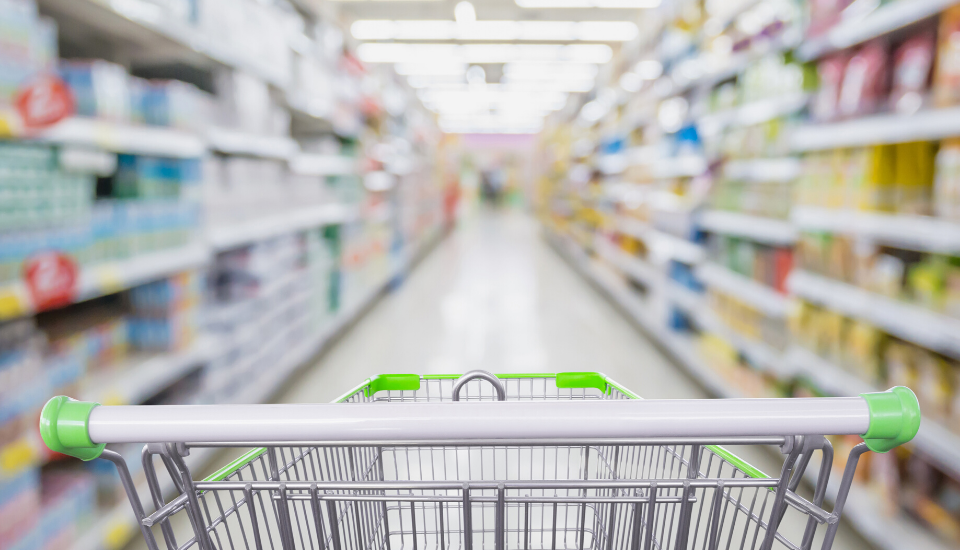
In many areas of the U.S., finding a grocery store pharmacy is becoming harder. Picking up your allergy meds and a gallon of milk was once something you could do at most any grocery store. But in the last few years, the grocery industry has experienced a mass exodus out of pharmacy.
Multiple Challenges Plaque the Grocery Store Pharmacy
Grocery chains already struggle with thin margins on many food items. They also must compete against numerous regional and national players. Pharmacy was once a department that generated profits for grocers, but recently they’ve been hit on multiple fronts.
In the 1980s and 1990s, grocery stores began opening pharmacy operations. There was little start-up investment required, and it drove more customers to their stores more often. 2017 was the first year of decline for grocery pharmacy in years, but the trend is ticking upward.
Trends Driving the End of Grocery Pharmacy
First, most grocers are too small to negotiate competitive reimbursements on drugs. They don’t have large medical network or insurer partnerships. This has emerged as a leading reason why they no longer generate profits.
Second, they simply can’t compete with large chain pharmacy brands. These chains can negotiate better payments, and many are connected to insurers and pharmacy benefit managers. These chains also offer lots of conveniences like drive-thru pickup and delivery. Even Target couldn’t make pharmacy profitable, selling its pharmacy business to CVS while still operating inside the stores.
Third, shoppers make fewer visits to pick up medications. This trend is occurring for a few reasons. Pharmacies now offer medication synchronization so that all monthly meds are available on the same data. 90-day fills continue to increase as a percentage of total fills as well, offering convenience. Direct mail of prescriptions is also on the rise, with major chains providing this as well as Amazon’s PillPack.
Some Grocers Still See Pharmacy as Key to Business

As many pharmacies shutter, there are still some grocers that consider pharmacy as a must-have for customer loyalty. Kroger, the largest U.S. supermarket chain, identified pharmacy customers as more loyal, spending about three times the amount of non-pharmacy shoppers.
Because they can make the connection between pharmacy users and increased purchase rates, it makes sense for Kroger to continue forward. Other grocery pharmacies still in business will have to deeply understand their prescription data to determine if it’s critical to their current and future success.
What Happens When Pharmacies Close?
Pharmacies continue to close throughout the country, creating pharmacy deserts, which are areas where there is limited access to prescription filling. In many cases, large chains absorb these old pharmacies. They obtain their data and communicate to patients that their current pharmacy has gone out of business.
Independent pharmacies sometimes acquire other smaller pharmacies. An acquistion allows them to expand their reach if they can accurately determine what percentage of patients they can expect to keep.
In each of these scenarios, data conversions are necessary to shift the patient data from the closed pharmacy to the new one. By migrating the data, continuity of care is more likely, which could improve medication adherence and reduce ER visits.
This trend will be one to watch in 2020, as the pharmacy environment continues to evolve and change.


